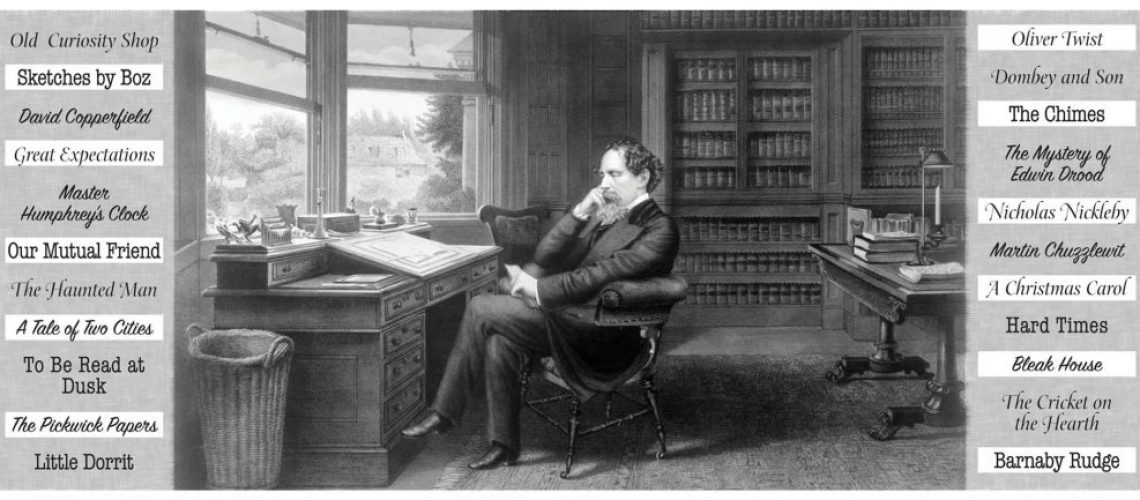Poets’ Corner would seem to the perfect place for the renowned author’s last resting place, but Dickens himself had requested an ‘unostentatious’ and ‘private’ funeral. So why were his wishes disregarded?
June marked 150 years since Charles Dickens was laid to rest in Poets’ Corner in Westminster Abbey. At the time, it seemed like the right place for the grave of one of our greatest novelists and a fearless champion of the underdog, whose life had been closely intertwined with Westminster landmarks.
But, according to one distinguished academic, the funeral on 14 June 1870 was actually ‘an act of institutionally sanctioned body snatching’. Leon Litvack claims that Dickens’s friend and biographer, John Forster, and the Dean of Westminster, Arthur Penrhyn Stanley, worked together to ensure that the burial took place in the Abbey – against the dying wishes of the author himself. Forster did so because the Poets’ Corner interment gave him a suitable ending for his biography, while Stanley had the prestige of burying a national treasure.
The associate professor at Queen’s University Belfast has painstakingly researched the days after Dickens’ death on 9 June 1870 and reveals new details in an article for the academic website The Conversation.
In his will, Dickens asked for an ‘inexpensive, unostentatious, and strictly private’ funeral, with a burial in the small graveyard under Rochester Castle wall, or in little churches near his home in Kent. Instead, Forster and Stanley engineered it so that author’s funeral plans were changed so that he would be buried in the Abbey – and it suited them to do so.
Mr Litvack says: ‘While the official story was that it was the “will of the people” to have Dickens buried in the Abbey (and there were articles in The Times to this effect), the reality was that this alteration suited both the biographer and the churchman.
‘Forster could conclude the volume he was contemplating in a fitting manner, by having Dickens interred in the national pantheon where so many famous literary figures were buried.
‘He thus ensured that a stream of visitors would make a pilgrimage to Dickens’s grave and spread his reputation far and wide, for posterity.
‘Stanley could add Dickens to his roll of famous people whose burials he conducted. They included Lord Palmerston, the former UK prime minister, mathematician and astronomer Sir John Herschel, missionary and explorer David Livingstone, and Sir Rowland Hill, the postal reformer and originator of the penny post.’
According to Mr Litvack, Forster did organise the small private funeral in Westminster Abbey in accordance with Dickens’ wishes, and ensured that his lover, the actress Ellen Ternan, could discreetly attend, and that his estranged wife Catherine would not.
However, he adds: ‘But he is also the man who overruled the expectations of the author for a local burial. Instead, through an act of institutionally sanctioned body snatching, the grave in Poets’ Corner bound Dickens forever in the public mind with the ideals of national life and art and provided a fitting conclusion to Forster’s carefully considered, strategically constructed biography.
Read about the new research findings: ‘Charles Dickens: newly discovered documents reveal truth about his death and burial‘
Image shows Charles Dickens in his study at Gad’s Hill Place in Kent

